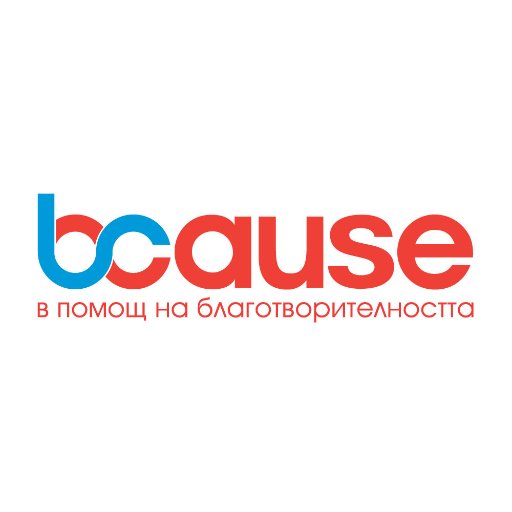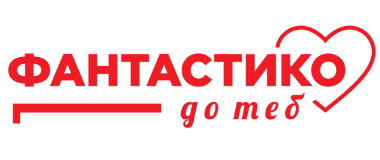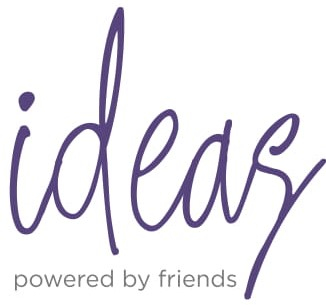
ARTON PROGRAM - The therapeutic power of the group
Creative projects involving group work - general musical performance or group painting, collage, sculpture - are useful in helping to explore and strengthen social...
Creative projects involving group work - general musical performance or group painting, collage, sculpture - are useful in helping to explore and strengthen social and communication skills. In these ARTON sessions, children explore how they interact with others and how others connect with them. The role of the individual patient in the general art therapy group is often related to his role in the family and / or in other social relationships. By observing and studying their style of communication, everyone can better understand their style of relationships, the problems in their relationship with others and especially with important people in their lives.
Group work - musical performances or artistic creations - is often less frightening than individual work. Here the child is not in the center of attention, he is not fully responsible for the result of the creative process, because the whole group is the author. For many children, this is a great relief in this version of working with their peers, where they share thoughts, ideas, opportunities, abilities. In the group, children build relationships, learn trust and empathy. For many children, art therapy is the concentration on the interaction and creative use of body language and consists mainly of following the rhythms, movements, pauses, activity and eye contact between them. Thus, the whole art room and everything in it can be involved in the overall interaction and become an artistic material and therapeutic basis of the process.
The simultaneous effort to keep the focus of all children in the diverse group on the task and to follow their initiative reveals to our team an interesting topic regarding the conduct of children's art groups in general. When we work with group creative play and the arts, the theme of chaos is very often present. When children gather in a free and open atmosphere, distancing themselves from the hospital, there is often an experience of eruption - sometimes from feelings of great joy, sometimes from feelings of anxiety and aggression. A challenge for the art therapists of the ARTON Program is to work with this chaos and they successfully model the heightened emotions into something that will work for the whole group. The so-called "productive" chaos for our teams is the unstructured creative situation in the children's group, which brings excitement, vitality and a feeling that something appears in the overall process, but it is not yet known what will happen until the very end. "Productive" chaos is a period of disorganization that serves the creative process. There may be noises and intense indiscriminate physical movements, but they are supported and framed by the overall creative intent in the group. An example of "productive" chaos from our practice in conducting the ARTON Program is the work with clay and modeling and the formation of specific creative images. In this space, in this creative game, the children relax and open, amused and provoked by the natural characteristics of the materials - the clay is dirty, soft, wet, plastic. The feelings, the experiences of the children in this case are taken over and transformed by the action of working with this particular material. The fun and the movements are stormy, the goal is common and also unknown until the very end of the creation of the real work of clay.
Unlike "productive", "destructive" chaos would refer to a situation of disorganization that threatens the art group and hinders creative activities. These are, for example, noises and movements from individual children that cannot be absorbed and transformed in the art process. Children who find themselves in such a situation do not take care of themselves and others; they have lost the ability to listen and may be in danger and hurting themselves or others. A destructive chaotic situation takes away from children's ability to work with art and use their imagination. In such conditions, everyone is just trying to survive in their own way. In this sense, there is rarely a feeling that the members of the art group are doing something together. The process threatens not only the creative performance, but also the very feeling of children for security, peace, pleasure. When this kind of chaos occurs, the leading art therapist in the ARTON Program intervenes by setting a framework for what is happening, calming the atmosphere and redirecting the dynamics in a more productive direction.
In the children's art group we have an apparent emphasis on the creation of works. Leading art therapists encourage children to make the work and stay with it in the art session until they finish it. This insistence aims at two things: first, it highlights children's abilities and strengthens their resources by proving that everyone is capable of creating something; and second, it pays attention to the sequence of the experience so that the work can be continued and maintained from session to session in the process of shared co-creation.
So making music, drawing, used here are natural materials, paints, the creation of sculptors helps patients to relax, makes them more focused and present. The creative process can be cathartic for everyone, as energy is used in a constructive way and so tension is released. The creative child, together with the others in the group, no longer thinks only about his worries and problems, but focuses on the set creative task. Thus, group art becomes a way to soothe it and get rid of the stressful elements of everyday life. The created creative product, as well as the insights from the group shares, can help in the discovery of new methods for dealing with anxiety, depression, fear.
Interpersonal distinctions significantly help the choice of creative discipline and topic when working with groups, while in individual work it is useful to consider the interpersonal profile of the patient. Interpersonal considerations take into account what we mean by processes in the group in the course of creative activity. Creative disciplines have the ability to regulate communication between members of the children's group. On the one hand, structure and form limit, but on the other hand, they allow for certain relationships that would be difficult or not well realized outside the respective creative form. As an example - in the music sessions of the ARTON Program the children take into account each other in their common music making and feel their common interconnectedness, which is otherwise difficult to perceive in the hospital reality.
Every child prefers or feels closer to certain forms and means of creative expression than others. It is these personal preferences of each patient that art therapists and music therapists under the ARTON Program take into account in order to be able to work successfully with individual resources, to be supported and strengthened and thus to bring diversity and essence to the overall creative group.

Creative projects involving group work - general musical performance or group painting, collage, sculpture - are useful in helping to explore and strengthen social...

In the ARTON Program our team of oncopsychologists, art therapists and music therapists develops the process of children's creativity as a process of...

In ARTON sessions, creating a piece of music or a song is an emotional experience of coping and satisfaction for the participating children. They make friends with...

Painting provides patients with a spontaneous, plastic method of depicting thoughts and experiences. Painting with paints is not as structured as with pencil or...










